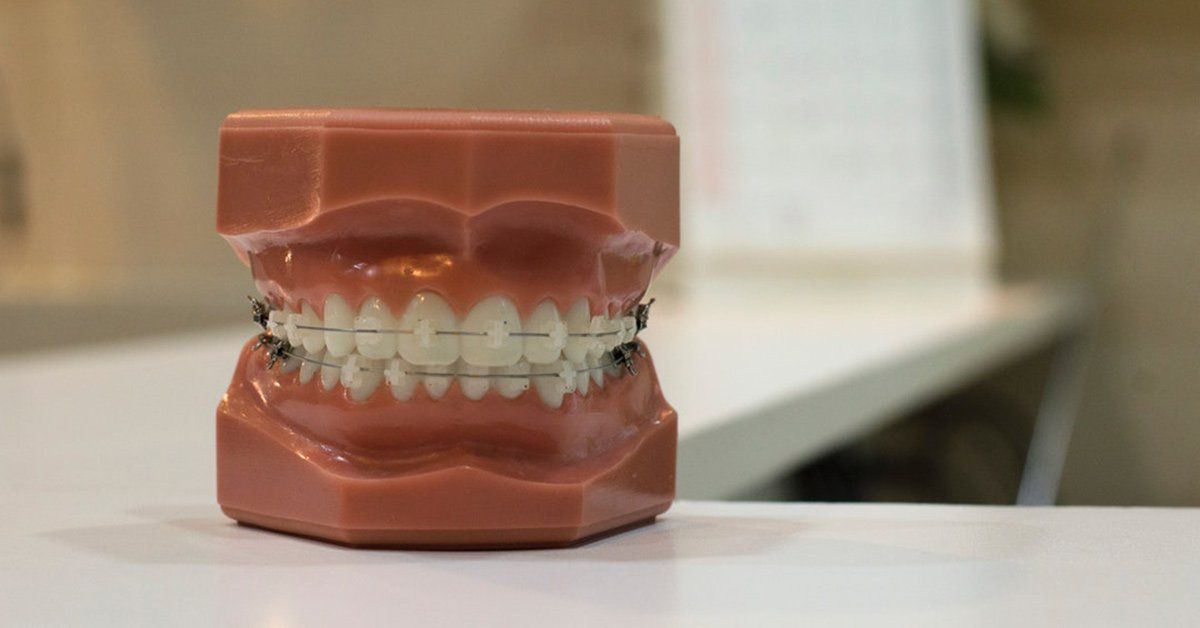A Complete Guide to the Different Types of Braces
Make sure you check out this complete guide about the different types of braces.
More than 4 million Americans have braces. And they're becoming increasingly common among adults since there are now so many different types of braces to choose from.
If you're considering getting braces it's important to choose the right type for you. After all, they'll be on your teeth for a long time.
Read on to learn all about the different types of braces, so you can make the best decision possible.
How Do Braces Work?
When you get braces, your orthodontist will take a number of X-rays of your head and mouth. This allows them to create a treatment plan that's tailored specifically to your teeth.
You may be told that you need surgery before braces. This usually involves removing teeth- particularly if your wisdom teeth are impacted or if they've caused problems like crowding.
Once you're ready for braces, you'll be prescribed an appliance which may consist of removable appliances, wires, and bands.
The amount of time that you'll be wearing your braces will depend on how much distance your teeth need to travel to get into the right position. Generally, you can expect your braces to be on for between one and three years.
After your braces come off, you'll need to wear a retainer full-time, and then just at night. Your orthodontist will instruct you based on your specific situation.
You'll usually see your orthodontist every month. They'll adjust your braces, increasing pressure on your teeth so that they'll move.
The Different Types of Braces
Ready for a new smile? These are the different types of braces available to choose from:
Metal Braces
These are probably what you think of when you think of braces since they've been around for a long time.
These involve metal brackets attached to your teeth and a metal wire which is threaded through those brackets so they'll move. Teenagers often get this type of braces, because they're usually the least expensive and tend to move teeth the fastest.
These days, these braces are much less noticeable than they used to be. They're smaller, less painful, and you can choose the color of the rubber bands that go around each of your brackets.
Ceramic Braces
Ceramic braces are an excellent option-, particularly for adults. That's because they're far less noticeable than metal braces but also offer fast treatment.
The ceramic is tooth-colored, and many orthodontists will also use the same color wires so these braces are almost invisible from a distance.
Just like when you're caring for your real teeth, you need to look after these braces That's because the brackets can stain if you're not cleaning them regularly and correctly.
Self-Ligating Braces
These look similar to traditional braces, however, you'll probably need fewer visits to your orthodontist thanks to the wire and bracket system.
These braces have 'doors' or clips which hold onto the wire instead of rubber bands.
You may find self-ligating braces to be less painful than the above types of braces, and they're designed to hold on to less food as well.
Lingual Braces
These are the types of braces that go on the inside of teeth. They're popular because they can barely be seen if you smile or talk. They're far less intrusive, however, like all choices, there are pros and cons.
Lingual braces can be difficult to keep clean since you can't see them, and you're not used to cleaning this area extensively. You'll also likely find it difficult to talk with these types of braces at first.
These braces are unlikely to work for you if you require extensive treatment. They'll take longer, and they're usually more expensive than the types of braces above.
Invisalign
If you're looking for a truly invisible solution, Invisalign is the choice for you. These are clear retainer-like braces which can be completely removed when you need to eat and clean your teeth.
They're usually much more comfortable than traditional braces, However, they're also more expensive as well. They're best for people who don't need much movement, but unfortunately, they're not yet available for people with severe orthodontic issues.
When you choose Invisalign, you'll actually have 20 or 30 aligners, and each one will be replaced every two weeks. This can be an excellent option if you have a fairly standard treatment plan, however, you'll need to be careful not to lose your aligners or your treatment time may be extended.
Retainers
Once you're finished with your braces, the last thing you'll want is for your teeth to move out of place. This is why it's so important that you wear your retainer once your treatment is completed.
Your bone will be rebuilding after your teeth have moved. A retainer will allow this to happen, and it'll also help prevent them from moving back. Some retainers can be removed, while others are glued onto your teeth (usually on your bottom teeth).
Choosing the Right Braces For You
There are a few things you'll need to consider when choosing your braces:
Finances
If finances are a consideration, this will likely impact your decision. Metal braces are often the most cost-effective choice, however, you should also ask your orthodontist about a ceramic option.
Length of Treatment
Most people want their time in braces to be short and sweet. If this sounds like you, you may be less likely to choose lingual braces and more likely to choose metal or ceramic braces.
Self-Confidence
Some people find that metal braces will negatively impact their self-confidence. This is particularly true for adults. In this case, an option like Invisalign or lingual braces may be a good option.
Type of Treatment
It's important to remember that you may not have all these options available to you. Your orthodontist will evaluate your treatment plan and suggest options based on the length and difficulty of your treatment.
Wrapping up
As you can see, there are many different types of braces to choose from. Your orthodontist will work with you to choose the right type for you.
Best Dentist in Roseville
If you're interested in getting braces, get in touch or make an appointment to discuss your options today.
Call us today!
813-543-6915
OFFICE HOURS
- Mon - Wed
- -
- Thursday
- -
- Fri - Sun
- Closed
All Rights Reserved | Carmichael Smiles


